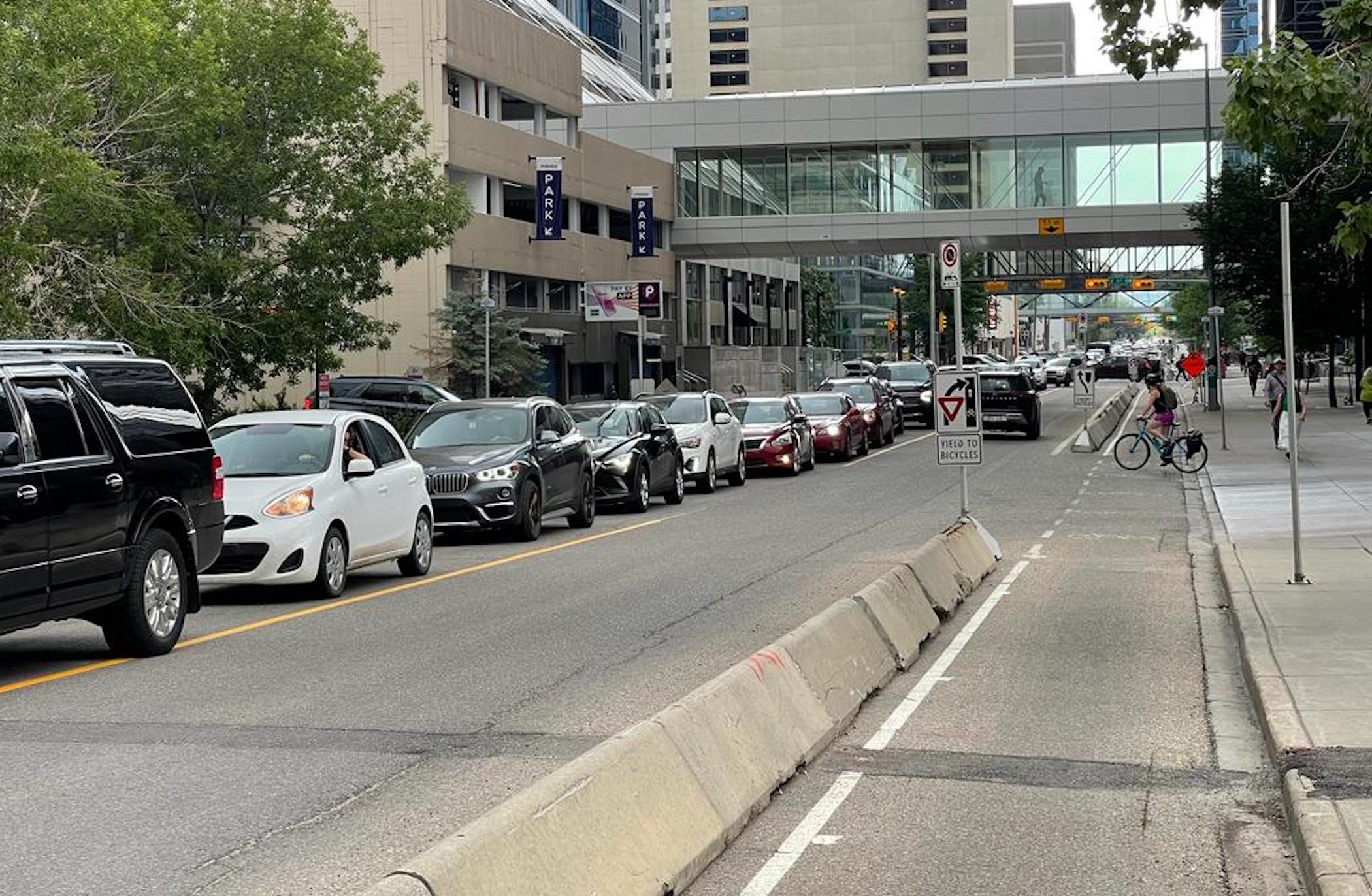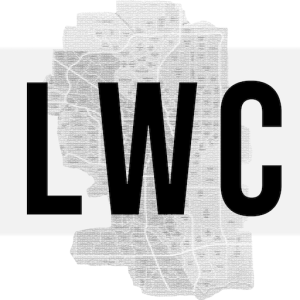Apparently the owners of a couple of the skyscrapers lost their minds when they heard the City of Calgary was considering making the temporary detour permanent and essentially said that that decision would lead to the zombie apocalypse and no developer ever building along 3rd Ave ever again so admin blinked. The current area Councillor also doesn't help the case as he was against the temporary detour in the first place because he believed it would negatively impact Chinatown.
What's richly ironic is that the City doesn't actually want any more office skyscrapers built for the forseeable future anyways. They're literally paying people who have built office skyscrapers to do something else. Meanwhile, the initial set of downtown cycle tracks have all had residential highrises built next to them, so they can't be leading to that much of a zombie apocalypse.
There are a couple of actual legitimate issues that were identified in the report (I'm not counting the 28% of people who felt unsafe while driving because they couldn't park in front of their destination) -- the big one is traffic backing up eastbound in the afternoon, which slows egress from parkades. The report focuses on the maximum delays out of parkades, not the typical or even 85th percentile values -- the highest delay is almost 6 minutes to get out of Jamieson Place on Thursday, which is absolutely something frustrating and something that should get fixed. But that's with a 20 vehicle queue; the average is under 5 and 85th percentile is 13. We'd never decide that the cycle tracks here need to be widened based on the maximum number of cyclists ever observed!
But the report also says:
This queuing did occur prior to the installation of the temporary cycle track, but is exacerbated by design changes and it significantly impacts outbound operations at three parkades (Calgary City Centre, Jamieson Place, and The Ampersand).
Bicycle and other wheeled traffic currently has minimal impact on parkade egress activity. The issue is wholly related to vehicle blockage resulting from reduced width at intersections.
The basic problem is that for about an hour in the afternoon on weekdays, traffic backs up in a three block stretch because you used to be able to go around left turning vehicles at three intersections and now you can't.
So why is the solution to dismantle 5% of the city's protected cycle track network, rather than put in left turn bans for an hour at three intersections? The most recent count is a 2018 count at 1st; there's around 120 eastbound vehicles an hour turning left (about 20%). It's really not a big deal to fix.







